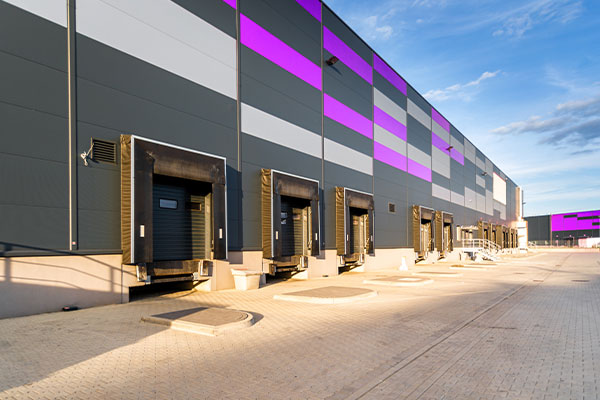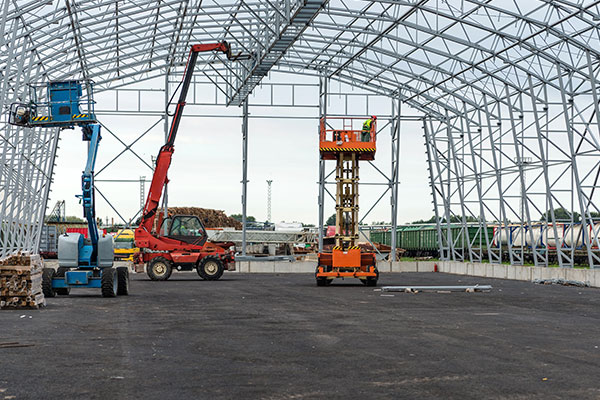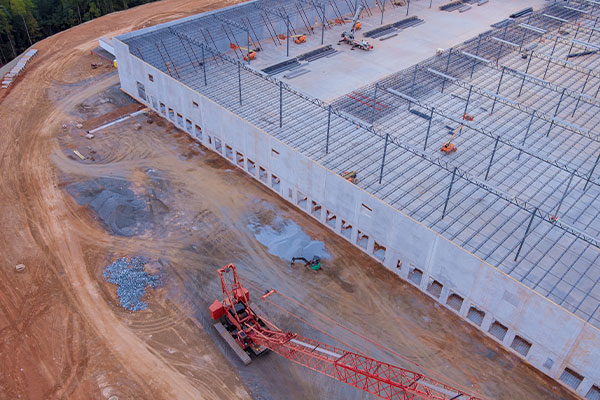BOMA has branches in various countries around the world, including Australia, Brazil, Canada, China, Finland, Indonesia, Japan, Korea, New Zealand, the Philippines, South Africa, the UK, and Mexico. Its mission is to inform the BOMA community about standards, energy consumption patterns, legislation, technological advancements, statistics, and other industry trends.

In 2009, BOMA International published «Building Area Measurement: Methods of Measurement,» which primarily addresses the appraisal, valuation, replacement, and construction cost calculation of buildings of all types. With the standard, any building, including office, commercial, industrial, residential, and institutional buildings, can be measured.
The standard describes two different measurement methodologies called «Construction Gross Area» and «Exterior Gross Area.» Construction Gross Area (CGA)This method includes all areas measured in the Exterior Gross Area method, but also includes non-enclosed areas within the building’s perimeter that have a structural floor or are covered by a roof or canopy. This method is useful in determining the construction and replacement costs of a building.
Exterior Gross Area (EGA)
This method is similar to BOMA 1996’s Construction Gross Area (which has been removed from the 2010 and 2017 office standards). The exterior gross area is determined by measuring the exterior surface of the exterior walls for each floor without deduction. It includes enclosed structured parking but excludes the roof level of a parking structure. The exterior gross area is most commonly used for tax
assessment but can also be used when leasing an entire building to a single tenant; provided both parties agree to its suitability.
At Q-VER, each of our services is based on BOMA standards, which allows us to determine the rentable area of each quality construction project we build.




